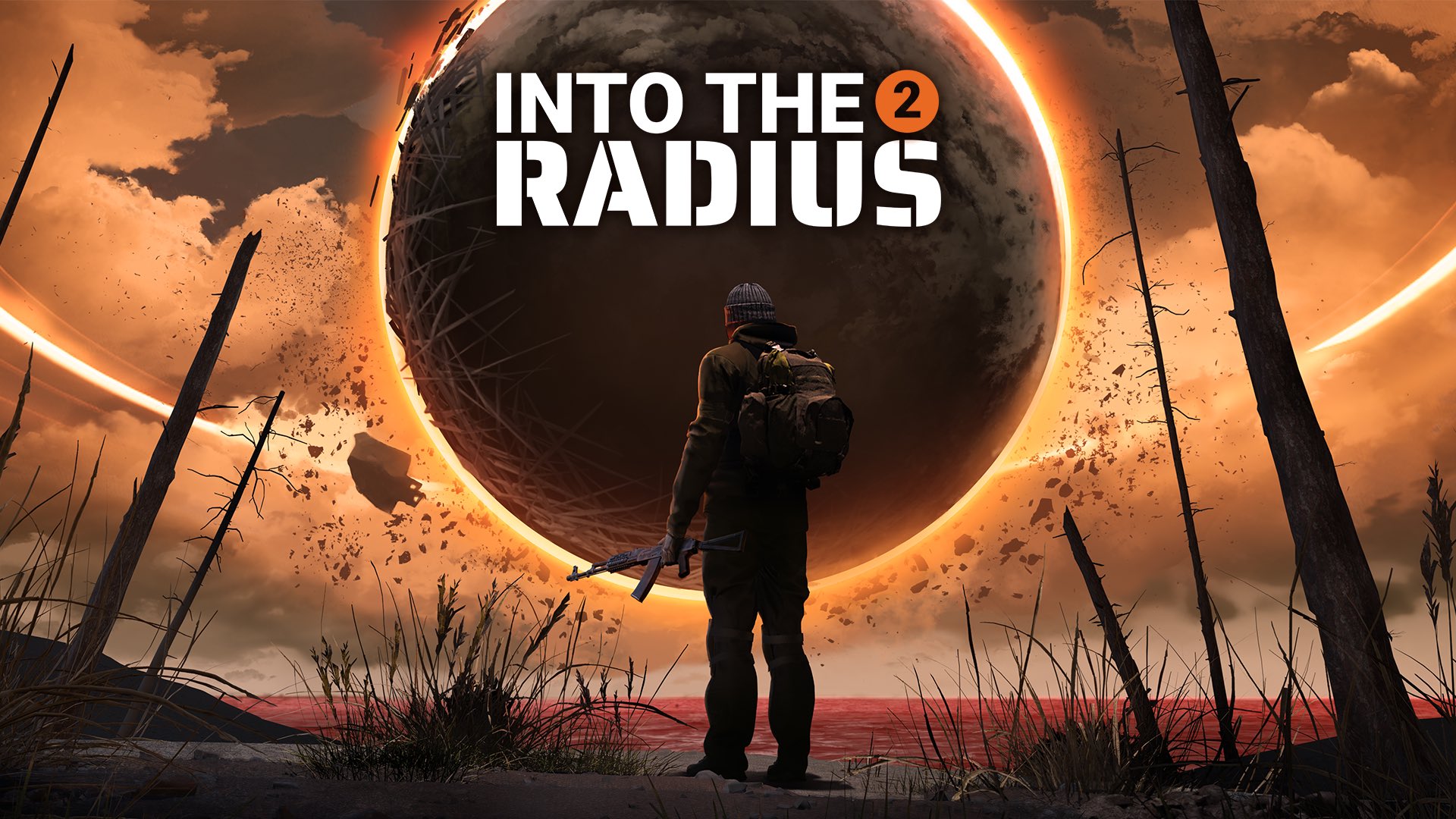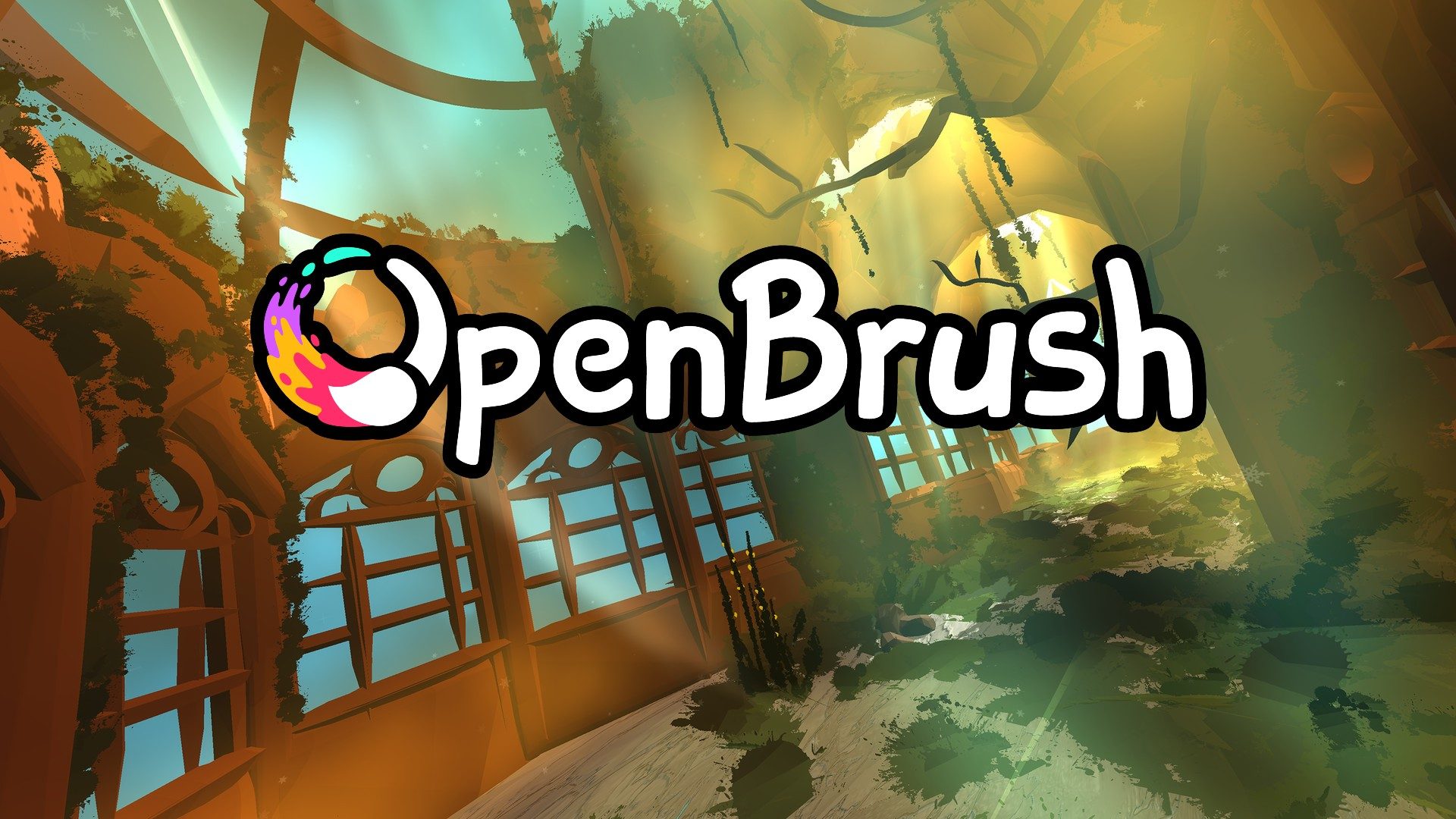The sprawling, block-based biomes of Minecraft are teeming with both wildlife and flourishing plant life. On the land, you’ll encounter friendly creatures such as pigs, cows, and chickens, peacefully roaming. Venture into the waters, and you’ll find squids, dolphins, and fish swimming about. As you wander through these worlds, you get to interact with various types of flora, including trees, flowers, and seaweed, all of which can be invaluable to your exploration endeavors. But beware—when the sun sets, the landscape changes. The night beckons a host of monsters like Creepers, Spiders, Skeletons, and Zombies that relentlessly pursue anyone brave enough to venture out.
In Minecraft, a player’s survival often hinges on their ability to source and prepare food, not only to stay nourished but also to fortify themselves against formidable mobs. Over 15 years, the game has expanded its culinary repertoire beyond the humble Porkchops and Cooked Chicken, introducing an array of foods that come with new, engaging recipes and mechanics. Players can now farm, breed animals, and even brew potions using certain food items. To assist players in managing their culinary needs, here’s a comprehensive ranking of every food item in Minecraft, evaluated by how well each sustains player health and curbs hunger.
S-Tier Minecraft Food – Rare Gems
At the top of the list are the food items that provide the most substantial health and hunger boost, albeit being the most elusive. Take the Enchanted Golden Apple, for instance—unavailable through crafting, it can only be found in chests. This rare snack offers a bounty of benefits: four hunger points, alongside buffs like Absorption, granting eight golden hearts for two minutes, and multiple resistances. While regular Golden Apples, which are craftable with golden ingots and apples, offer fewer perks, they still enhance your durability in battle.
Golden Carrots are another high-ranking item, famously used in Potion of Night Vision. Though easier to craft—only needing golden nuggets—they restore six hunger points, making them a valuable meal. Rabbit Stew, on the other hand, demands more effort with a host of ingredients but pays off by replenishing 10 hunger points. Meanwhile, Suspicious Stew offers a surprise—a gastronomic gamble depending on the flower used during crafting—potentially restoring up to 13 hunger points.
A-Tier Minecraft Food – Basic Delights
While some top-tier items call for intricate recipes, there are more modest meals readily available. These include staples like Cooked Chicken, Porkchops, Salmon, Mutton, and Steak, easily made by hunting farm animals and using a furnace to prepare the meat. These dishes provide substantial nourishment, recovering six to eight hunger points, and can even heal tamed wolves.
Meanwhile, villagers might be spotted tending beet farms. Though a single beetroot has limited impact, six beetroots combined make a satisfying Beetroot Soup, replenishing six hunger points. Likewise, wild pumpkins, usable as decorations or as helmets, can be crafted into Pumpkin Pie with eggs and sugar, yielding eight hunger points when eaten. Honey Bottles, extracted carefully from bee farms, offer not only hunger restoration but also healing properties for poison sufferers.
B-Tier Minecraft Food – Above Average Options
While exploring, quick bites like Apples from tree leaves or Carrots from village farms can stymie your hunger momentarily. Apples grant four hunger points, while Carrots offer three, their utility extending to breeding pigs and rabbits. For those adventuring in The End, Chorus Fruits from chorus plants provide sustenance and a teleportation surprise.
Some cooked items lag behind in benefits. Cooked Cod or Rabbit each deliver five hunger points, falling short of other meats. Villages often feature potato fields, and upon cooking, Potatoes become Baked Potatoes restoring five hunger points. Wheat seeds found commonly can be used to craft Bread, a decent standby replenishing five hunger points.
C-Tier Minecraft Food – Treats Worth Avoiding
While there’s an assortment of food items in Minecraft, not all are advisable to consume. Raw meats—like Beef, Porkchops, and Rabbit—restore a paltry three hunger points, though they serve a purpose in breeding wolves. Similarly, raw fish tame cats but offer minimal sustenance. Sweet Berries, found in taiga biomes, pose a thorny hazard and only restore two points.
Some foods can inflict harm. Rotten Flesh, often gathered during battles, restores four points but inflicts hunger. Spider Eyes might assist in breeding Armadillos but poison you for five seconds. Pufferfish restore a single point but wreak havoc with hunger, poison, and nausea effects, although they’re useful in making brews for water breathing.
For those navigating the diverse landscapes of Minecraft, understanding the advantages and pitfalls of various foods is crucial to ensuring long-term survival and success in this blocky world.












![[Free Game Giveaway] Pets Hotel for PlayStation (NA/EU) [Free Game Giveaway] Pets Hotel for PlayStation (NA/EU)](https://www.xgamernews.com/wp-content/uploads/2025/05/Free-Game-Giveaway-Pets-Hotel-for-PlayStation-NAEU-360x180.jpg)


































